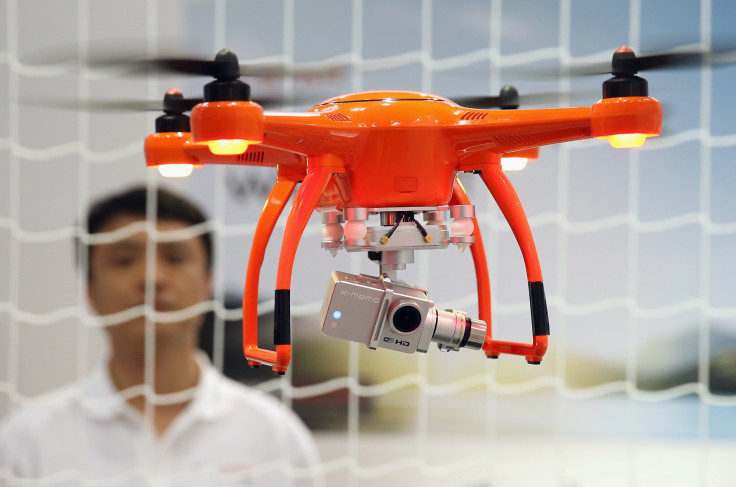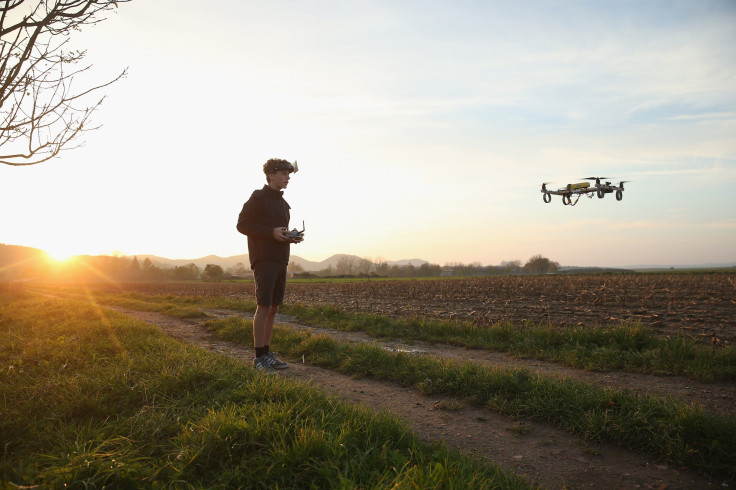Drone Incidents On The Rise In United Kingdom: Report

Six months ago, a small drone carrying drugs, cell phones, screwdrivers and a knife crashed into the razor wire of a British prison located about 45 miles west of Cambridge. The incident marked the first time a drone was used to smuggle contraband into a prison in the United Kingdom, but it’s hardly the first time British police were called in to investigate the use of a drone.
As the high-flying devices become more popular -- and affordable -- they’re also becoming more of a public nuisance. An investigative report by the Guardian found that the number of “drone-related incidents” reported to police across the U.K. has grown dramatically over the last year.
The Thames Valley police, for instance, have recorded 80 incidents this year alone, up from 21 incidents in 2014. Meanwhile, London police have responded to 21 incidents this year, up from one in 2014.
Most of the complaints center around privacy issues and so-called Peeping Toms. For instance, one read: “Believe the occupant of house nearby is sending a radio-controlled drone over address where the [informant] is sunbathing. Believe is taking photos. Been over three times now.”

Dr. Alan McKenna, a professor at the University of Kent who is researching the legal implications of drones, said people are beginning to get fed up with seeing drones hovering above their homes. “[T]here have been examples of people resorting to physical violence because they are so annoyed, which I think is quite telling,” he told the newspaper, noting that one person he spoke with claims he shot down a drone with his shotgun.
In the United Kingdom, rules over hobbyist drones are relatively lax. The drone must weigh less than 20 kilograms, and it cannot be flown for commercial purposes. It also must also be flown at least 150 meters away from a congested area.
The rest of Europe is a bit more strict.
Drone users, even hobbyists, are required to get certification from the European Aviation Safety Agency. “Such certification is only granted on a case-by-case basis under the EASA’s rules,” notes Zach Garcia of the Missouri Drone Journalism Program.
Meanwhile, the United States is still trying to figure out its own rules and regulations.
The Federal Aviation Administration (FAA) requires operators to obtain a license if they plan to fly drones for commercial processes, but the agency does not require licenses for hobbyists. It does, however, provide pilots with a set of guidelines on best practices.
According to the FAA, “model aircraft flights should be flown a sufficient distance from populated areas and full-scale aircraft." The drones themselves "should be kept within the visual line of sight of the operator, should weigh under 55 lbs unless certified by an aeromodeling community-based organization, and are not for business purposes,” the FAA said.
© Copyright IBTimes 2024. All rights reserved.






















